Under Hookworms small intestinal parasites are understood. Two types of them can affect humans and cause hookworm disease.
What is a hookworm?
Hookworms are also called Ancylostomatidae designated. They can be found in humid and warm regions such as the tropics and the subtropics. But they can also be found in temperate climates in southern Europe as well as in mining and tunneling.
There are two types of hookworms that are able to colonize humans as parasites. This is the Necator americanus as well as the Ancylostoma duodenale. These two parasite species do not have an intermediate host. In medicine, hookworm infestation is known as ankylostomiasis.
Occurrence, Distribution & Properties
Hookworms are parasites of the small intestine. They have a round cross-section. While the female hookworms reach a length of about one centimeter, the males are a little shorter.
The life cycle of the two hookworm species, Ancylostoma duodenale and Necator americanus, is about the same. The ancylostoma is also known as pit worm. It is one of the blood-sucking parasites and settles in the jejunum (empty intestine) of humans. Its preferred habitat is North Africa.
The male specimens of the Ancylostoma duodenale have a rear end that is expanded in the shape of a bell. The females, however, have a pointed end. The hookworm eggs are excreted from the human body in the faeces.
The Necator americanus also belongs to the blood-sucking parasite. The Latin term "Necator" means "slayer" in translation. The hookworm is equipped with a mouth capsule that has cutting plates. The habitat of the Necator is primarily in Southeast Asia, in West Africa as well as in South and Central America.
Hookworms go through several stages in their development. The parasite reproduces sexually and lays eggs. There are also five larval stages in a row. The female hookworms lay their eggs in the intestines, which are released into the environment with the stool. After the eggs are shed, the first larva can hatch. Their diet consists of bacteria within the feces. The development of a second larva then follows from the first larva, from which a third larva then emerges, which is able to penetrate the soil. There she lurks for a suitable host.
The hookworm can penetrate humans by digging into their bare feet. During this process, the larval skin is shed and the fourth larva forms. The parasite penetrates through the blood to the lungs, where it sheds its skin to the fifth larval stage.
The hookworm reaches the bronchi from the lungs. From there, the larva is coughed up and swallowed, so that it is transported into the intestine and settles there. In the intestine, the last molt to the adult hookworm takes place. Worms and the fifth larva can suckle blood from the intestinal villi of their host body.
As already mentioned, hookworms often infest humans by walking barefoot. However, it is also possible to ingest the parasites through the mouth. This happens, for example, when the hookworm is in raw meat. Breast milk is also a possible source of infection, which can be transmitted to the baby.
Hookworms can live up to 15 years of age. During this time, their diet consists of blood and villi tissue. The Ancylostoma duodenale, however, draws ten times as much blood as the Necator americanus.
In some cases, the hookworms do not immediately penetrate the intestines, but instead remain in the skeletal muscles during the larval stage. For this reason, there is a risk that a relapse can occur even after successful treatment of the hookworm infestation.
A transmission of hookworms from person to person is not possible. The eggs of the parasites have to spend a certain period of time in the outside world.
Illnesses & ailments
Hardly any other type of worm causes as many infections in tropical and subtropical areas as the hookworm. Around 900 million people are affected by the parasites. There are around 60,000 deaths each year. The rural population, small farmers and children are most frequently affected by the parasite infestation. The reason for this is the fertilization with feces. In earlier times, Ancylostoma caused duodenal infections among miners who worked in hard coal mining in Central Europe. Because in the tunnels there are suitable conditions for the parasites.
The course of hookworm disease depends on the number of parasites that enter the intestine. The patient's state of health also plays an important role. The first signs of ankylostomiasis are skin reactions and itching. Because the hookworm larvae normally migrate towards the lungs in the first week of infestation, this often results in a dry cough, bronchitis and shortness of breath. Pneumonia is also conceivable.
After the hookworms have arrived in the intestine, they develop into sexually mature specimens there. After they hook into the intestinal mucosa, they begin sucking blood, which causes bleeding and damage to the mucous membrane. Around four to six weeks after infection, the hookworm disease manifests itself in the form of loss of appetite, a flat stomach, stomach pain and slimy-bloody diarrhea.
The therapy of the hookworm disease takes place with wormers and iron preparations to compensate for the blood loss.

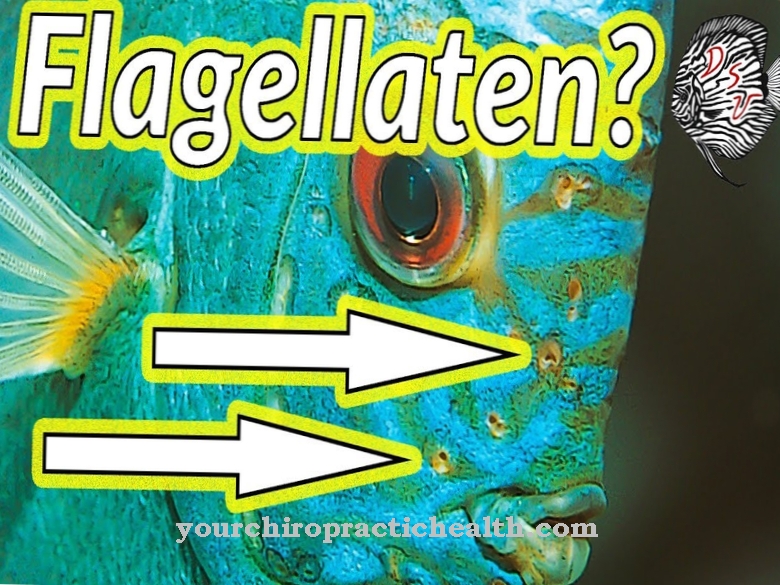
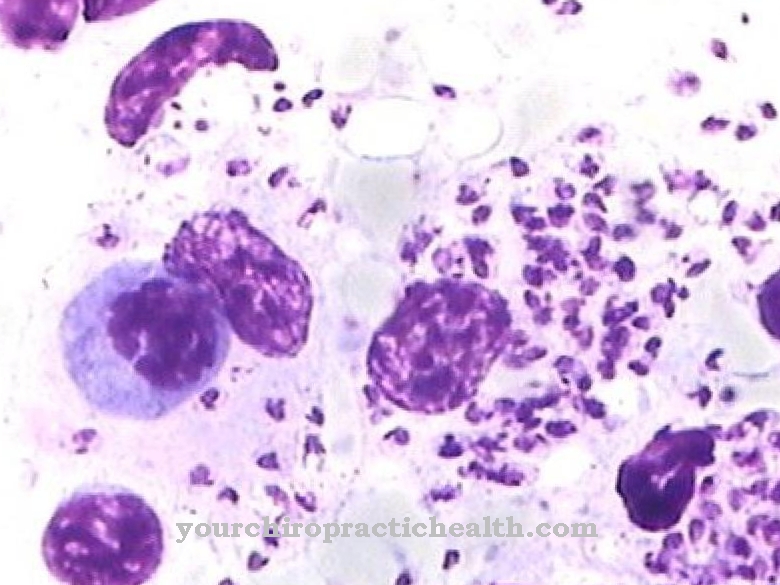


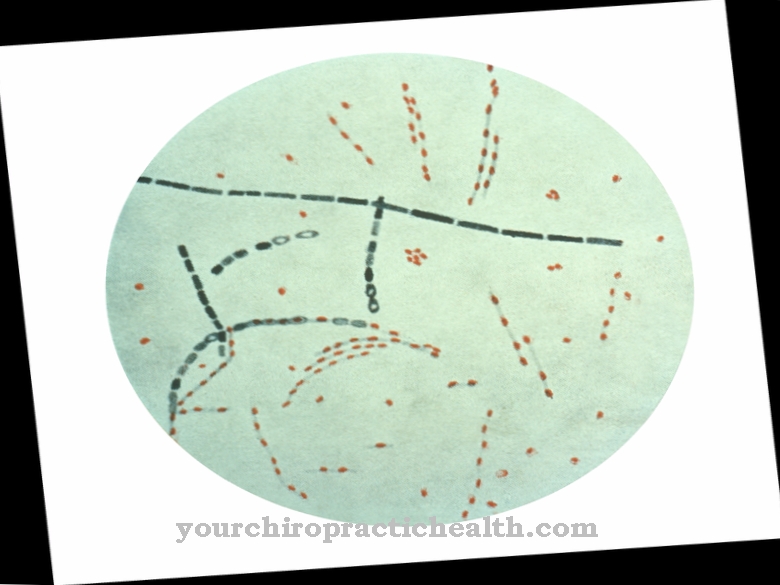


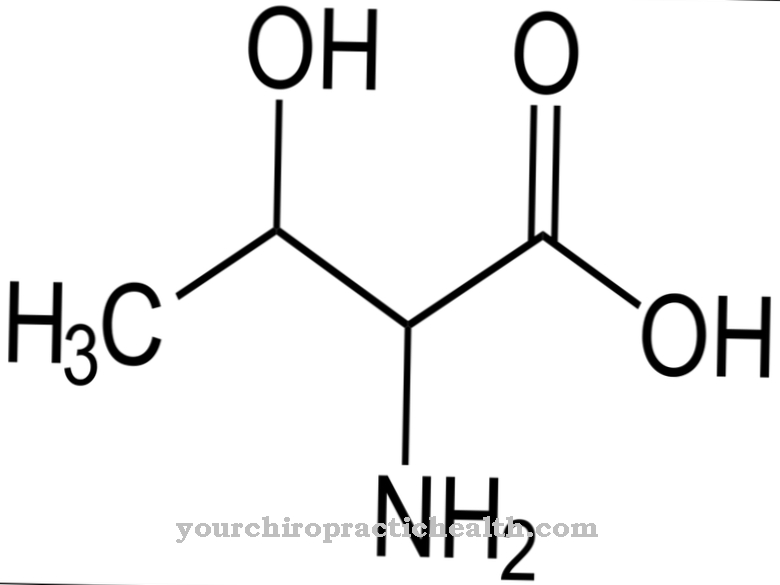
.jpg)


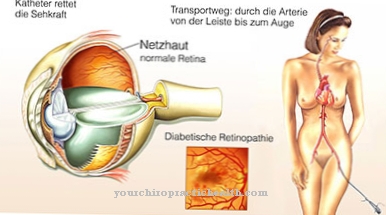







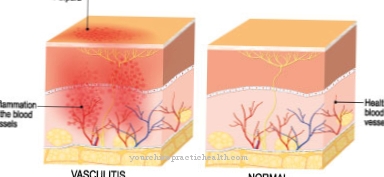

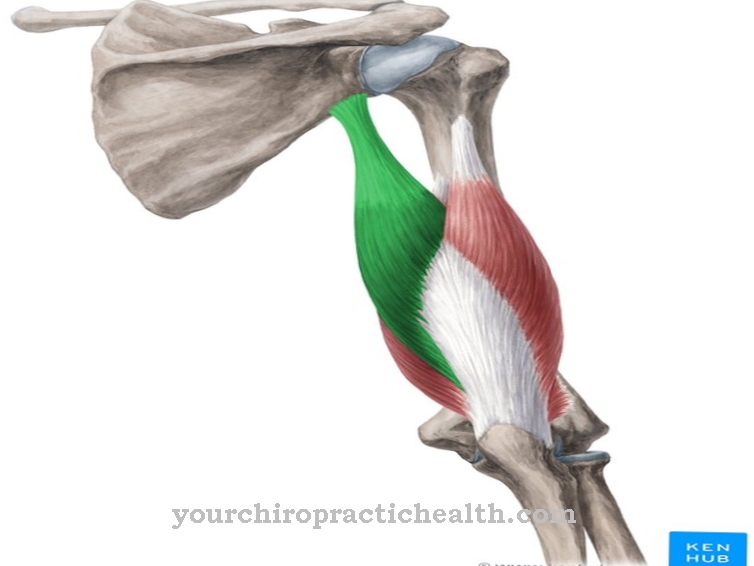
.jpg)

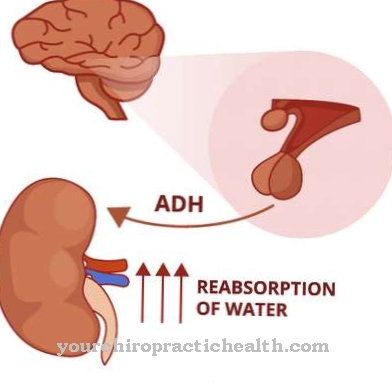

.jpg)
